Homeowner Newsletter, Fall 2022
©2022 Jeffrey C. May
Sometimes buyers have felt pressured to forgo having pre-purchase home inspections in order to “beat out the competition.”
Once they own the properties, many of these buyers discover problems with their new homes that result in very expensive repair and renovation work. Some of the problems have negative effects on the indoor air quality of the houses in question. Such problems have included:
- Mold growth below-grade due to elevated relative humidity and/or water intrusion because of poor control of roof water at the exterior.
- Heating and cooling equipment full of microbial growth.
- Pest infestations that can result in unpleasant odors indoors.
One couple purchased a house that was located on a grassy knoll facing a pond. They were enchanted by the location, and pressured by the multiple offers being given for the property, they purchased it without having a home inspection prior to Closing.
They hired me because of a musty smell in the basement – an odor that their clothing picked up, and an odor so strong that strangers seemed to step away from them when they were in public. The odor was caused by copious amounts of mold growth in the basement and concrete crawlspace. I also found an impressive mouse and shrew infestation. I saw mouse nests in the garage, mouse urine trails on top of the foundation walls, mouse droppings above drop ceiling tiles in the basement, and shrew “doo” in an attached shed. It was no surprise that I saw a number of rodent pathways at the exterior, including a chewed-out hole at the bottom of the door in the attached garage. An experienced home inspector and pest inspector would have noted such conditions.
Mice can impart unpleasant odors, but shrews are especially odiferous because they emit a musk the way skunks do, and they defecate and urinate in piles that become moldy. Shrews eat meat, including mice. I’ve investigated many houses in which shrews followed mice indoors and then “set up camp” in wall cavities. Such houses reeked of the odors caused by shrews. Openings at the exterior of a house that could be rodent pathways have to be sealed, and garage doors should be pest tight.
The finished basement playroom needed to be professionally remediated under containment in order to get rid of the mold growth and mouse urine trails and droppings. The drop ceiling had to be removed, and any exposed fiberglass insulation that was above the ceiling had to be bagged and discarded. (Rodents like to nest in fiberglass.) All foundation and framing surfaces (including joists, cross-bracing and subfloor) had to be HEPA vacuumed and sealed. Surfaces that contained mouse urine trails or droppings had to be disinfected as part of the remediation. (I often find Aspergillus mold growing in mouse-urine trails because mold grows in the wet dust. Then mites can move in to forage on the mold.)
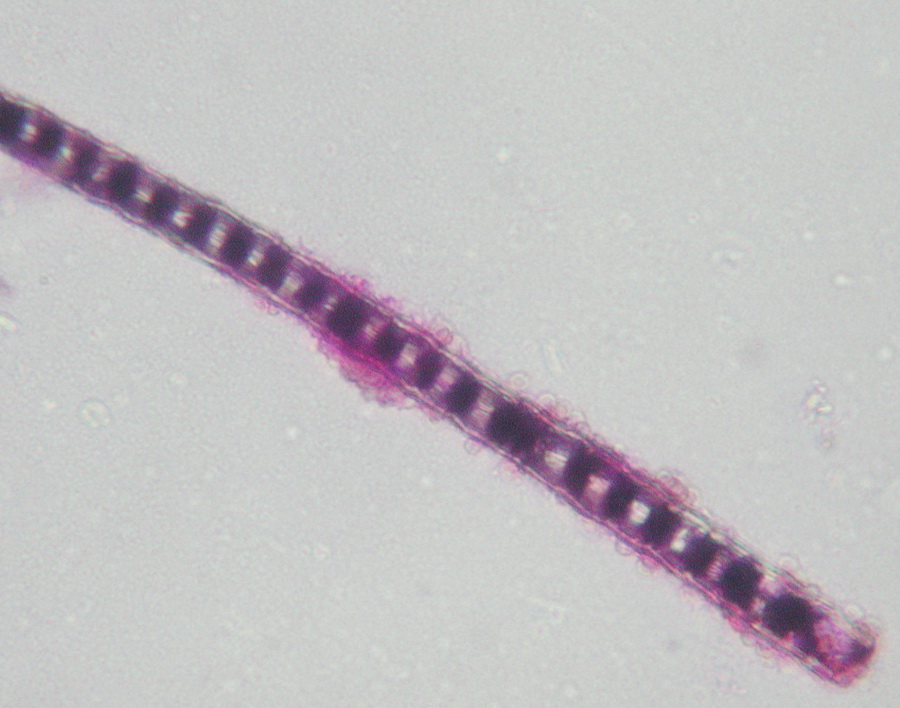
Pipes, wires, cables, mechanical equipment surfaces, etc. had to be wiped clean. Some of the finished walls should also have been removed to see if mice had been present in the wall cavities or if mold growth were present on the foundation walls. In other words, depending on the extent of the mold growth and pest infestation, the finished basement room may have had to have been demolished.
Due to the stack effect, air in a house flows from bottom to top and out. Even if someone doesn’t descend into a basement or below-grade crawlspace, the person will be inhaling the air from such spaces when in rooms above grade. This is why basement conditions can have a very strong negative effect on the air quality in a house.
I found more problems with the house that posed threats to the indoor air quality of the home.
1. A decrepit gutter system with disconnected and rotted downspouts, small goosenecks, and a drywell that was probably clogged. It’s no wonder that I found standing water in the crawlspace, due to a foundation crack at the window well that filled with water from the overflowing gutters. This moisture was fueling mold growth below-grade.
2. Exposed fiberglass blackened with soot in the unfinished, basement mechanical room and in the crawlspace. A home inspector would have noted that the boiler was rusted and black with soot. The boiler could have emitted carbon monoxide, and soot particles not only stain walls and ceilings but are also unhealthy to inhale.
3. An air conditioning system with a panned bay for the return. The installation left spaces open to the basement. The result would have been the entrainment of basement air and the mold spores it contained into the system. I could also see mouse urine trails on top of the foundation wall as I looked down through the grille.
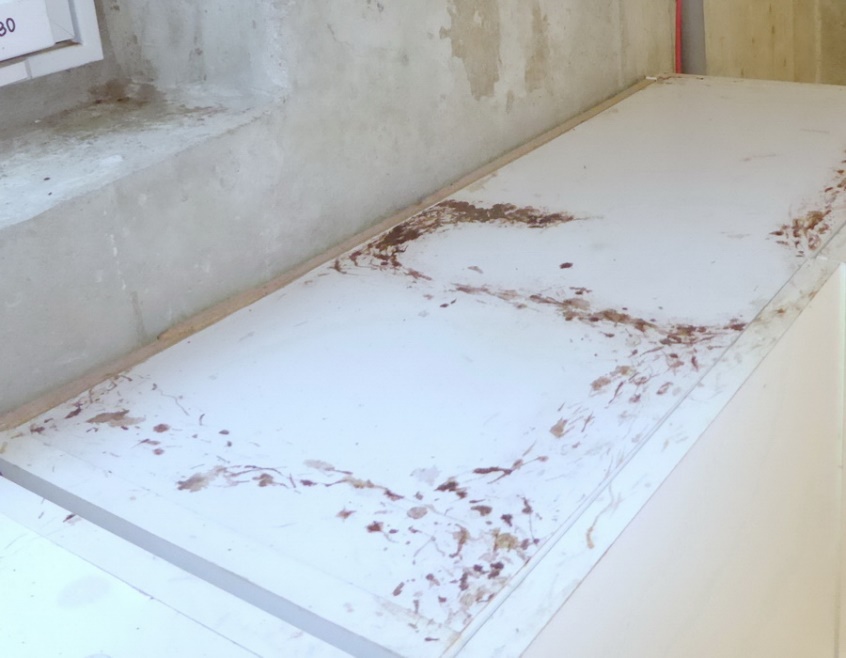
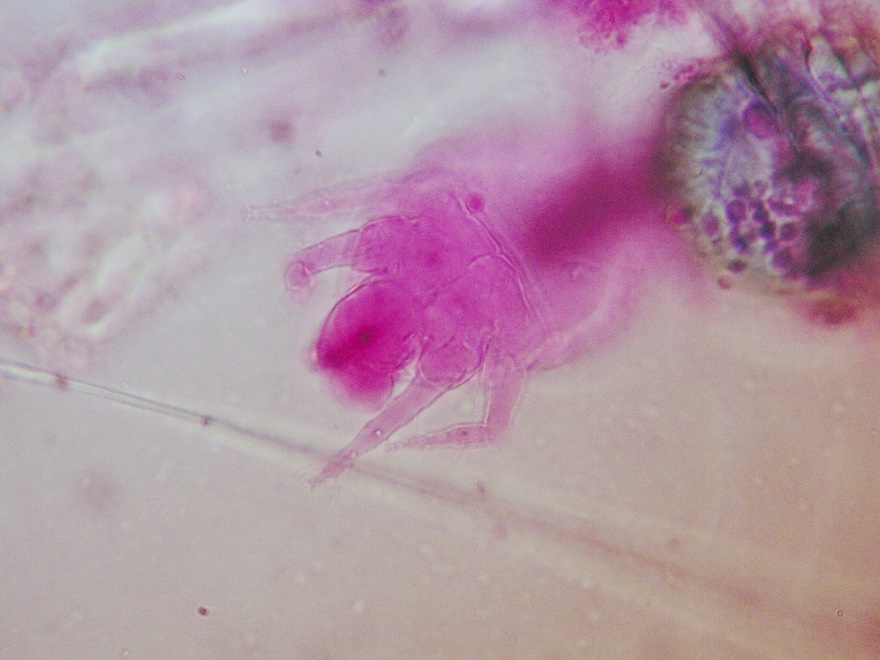
4. The air handler had been installed in a semi-finished area under the basement stairs. There were water stains and Stachybotrys mold growth a good eighteen inches up from the floor, right behind the air handler. No wonder the new owners smelled mold through the supplies!
5. Piping for the dishwasher that didn’t have an air gap at the basement trap, leaving a pathway for a potential upward flow of sewer gas into the house.
There were other issues I saw that an experienced home inspector would have noted:
a. Perhaps a buried oil tank. All the lines and fills were left in place and on the foundation wall for anyone to see. The couple should never have purchased this property without confirming that an underground oil tank had been removed. Oil leaking from an old underground storage tank flows into the soil around the tank, possibly resulting in oil odors seeping into the basement and in an enormously expensive clean-up job at the exterior. If the oil had spread far enough into the soil, such a remediation could have cost as much as if not more than a hundred thousand dollars.
In my State, a property owner is responsible for the cost of clean-up work required due to a leaking underground oil tank – even if the leakage occurred during a prior occupant’s tenure.
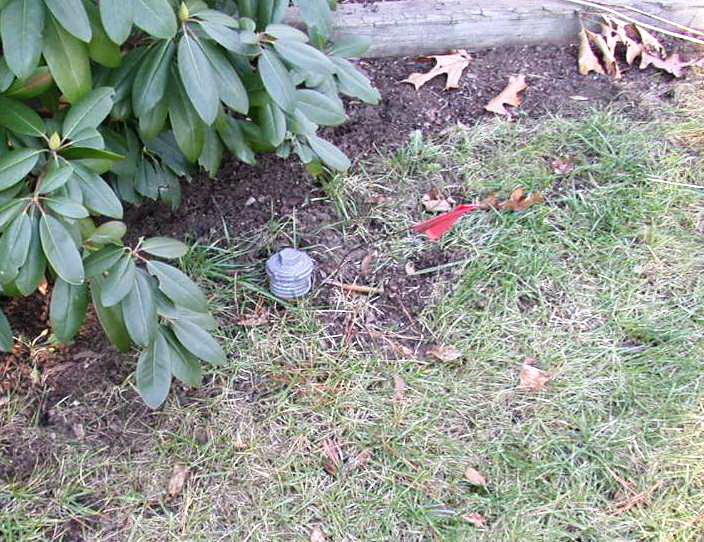
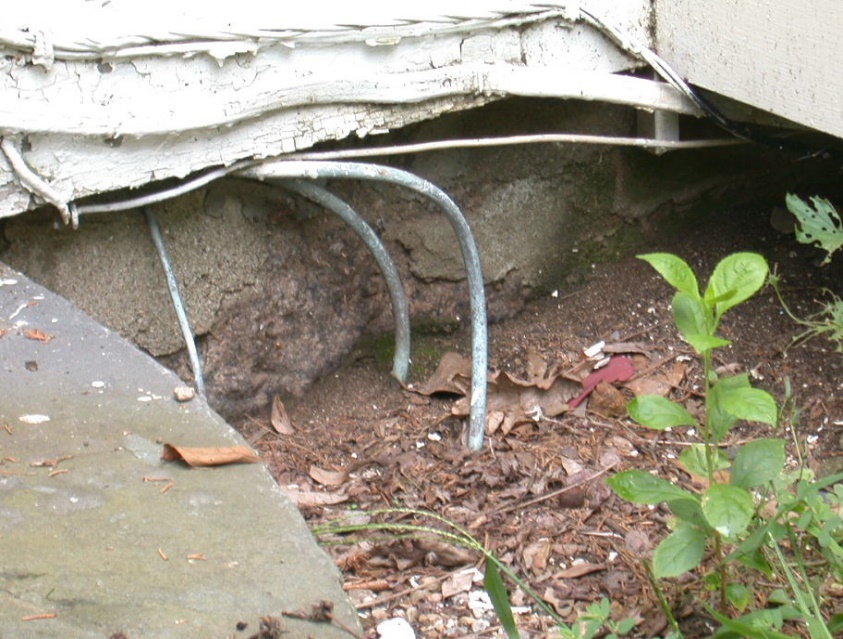
b. Two concrete-filled steel columns supporting the main beam in the basement were completely rusted through at the base: signs of moisture intrusion as well as elevated relative humidity. As a consequence, only two narrow spindles of concrete were supporting the beam.
c. Possible rot under a raised floor in a finished basement playroom. The floor was uneven and soft in several places: strong suggestions of moisture below the floor, mold growth at the backside of the floor, and decay in the subfloor itself.
This family paid a high price for this property and may have been wealthy enough to pay for the work that was required to rectify the conditions described above. Still, spending money up front on a thorough home inspection might have led them to try to renegotiate the price or even helped them decide whether or not to commit to purchasing this property. The home inspector may also have encouraged them to have an indoor air quality inspection prior to purchase, which would have helped them understand that a number of problems in the house could have a negative effect on the home’s indoor air quality as well as on their health.
Many of us spend up to 90% of our lives in indoor spaces, including in homes, workspaces, schools, exercise clubs, and even in cars. Indoor air quality is thus an important health concern for all of us.
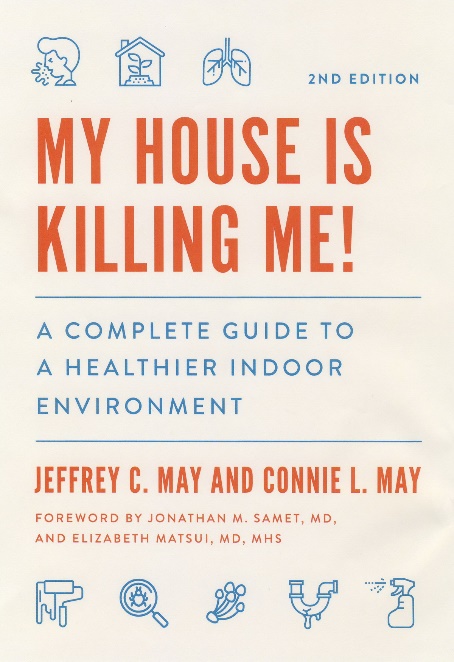
Check out Edition 2 of My House is Killing Me, published in December 2020 by Johns Hopkins University Press and available on line.
Unless otherwise indicated, photographs and photomicrographs in this article are the property of May Indoor Air Investigations LLC and cannot be reproduced without permission.
